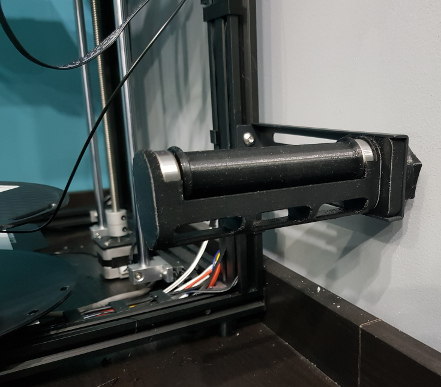I use dumb toolboards for the extruders on my iDEX and they use ribbon cable, no issues with the hotend. Take a look at Jon channel he did a couple of videos on custom connectors/quick connectors. Like this one
Cheers Bulb, that's interesting. I was more excited by the 36W4 connection....until I checked and it's £20 for the female version (with solder bucket pins) and they don't even do the male version. Might have a browse round and see if anyone else does them. Either that or I have to buy an MLSA printer!



 ) rolled off the printer as a first print. I told him I wasn't spending £22 on a spool of orange just so he could have a penguin! ....but £7 ain't so bad. So in true rod-for-my-own-back style, we now have parts in black, white, orange and red queued to print.
) rolled off the printer as a first print. I told him I wasn't spending £22 on a spool of orange just so he could have a penguin! ....but £7 ain't so bad. So in true rod-for-my-own-back style, we now have parts in black, white, orange and red queued to print.
